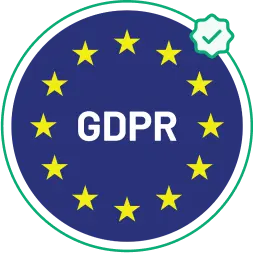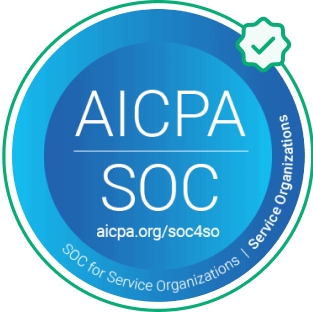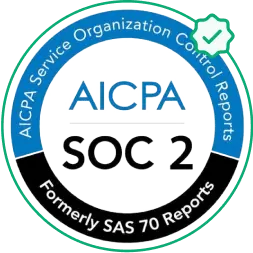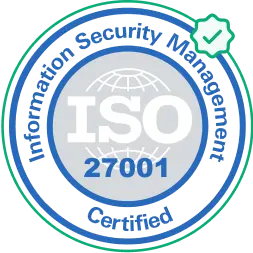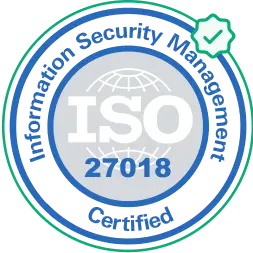What is the Big 5 personality test?
The Big 5 personality test, also known as the OCEAN model, is a psychology test that can be used to assess the personality type of an individual. The scale assesses an individual's personality and examines everyone based on thirty different traits.The results are divided into five key parameters: openness, conscientiousness, extraversion, agreeableness, and neuroticism. Researchers consider the Big 5 test to be fairly accurate and it is trusted by HR teams worldwide.Not to be confused with:
DISC personality test
The DISC personality test is a simple personality assessment test based on the “four-factor” personality model.
MBTI personality test
The Myers–Briggs Type Indicator (MBTI) is a self-report questionnaire that assesses people based on four types of traits.
Not to be confused with:
How can leaders use the Big 5 traits to motivate employees?
OpennessOpen-minded employees are welcoming of change and new experiences. They are creative, curious, and respect fresh ideas from co-workers. To motivate such employees, the organization needs to give them space to explore the various facets of their role and listen to their ideas.ConscientiousHighly conscientious employees are dependable and self-driven employees who value an organized approach towards goals. Expecting too much spontaneity from such employees might not be a good idea. Leaders can motivate such employees by giving them time to make certain calculations and maybe even build a plan before they jump onto a new project.ExtraversionEmployees that have a high score in extraversion are highly sociable. They perform well when working in large teams and also form good peer relations in the workplace. Allowing them to organize outings and letting them spearhead socializing initiatives can help motivate such employees.AgreeablenessHighly agreeable employees are usually empaths who can get along with nearly everyone. Their empathetic nature makes them good team members. Allowing them to work on projects that value empathy and aligning them with mentors who understand such employees might have a hard time saying no can help motivate and engage them.NeuroticismThis is the one trait where low scores might have an advantage. The trait shows an employee’s emotional stability, and low scorers on this parameter remain stress-free in high-pressure situations. Putting such employees at the helm of affairs when things get hectic and letting them mediate between different parties are good ways to motivate them.
